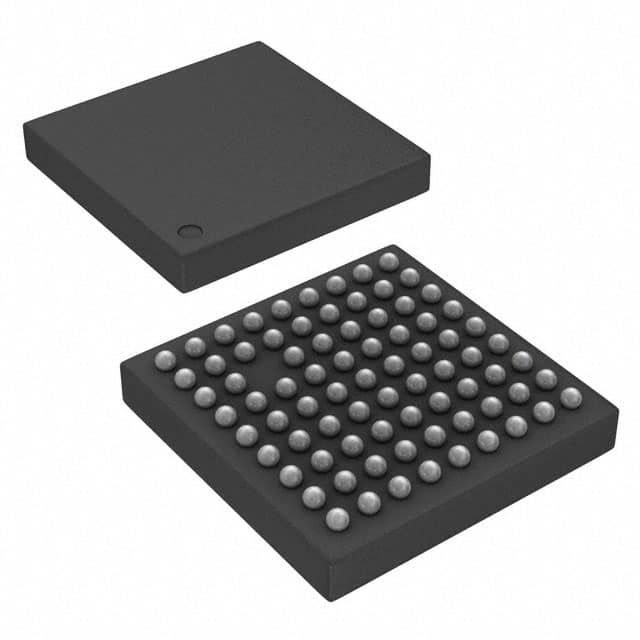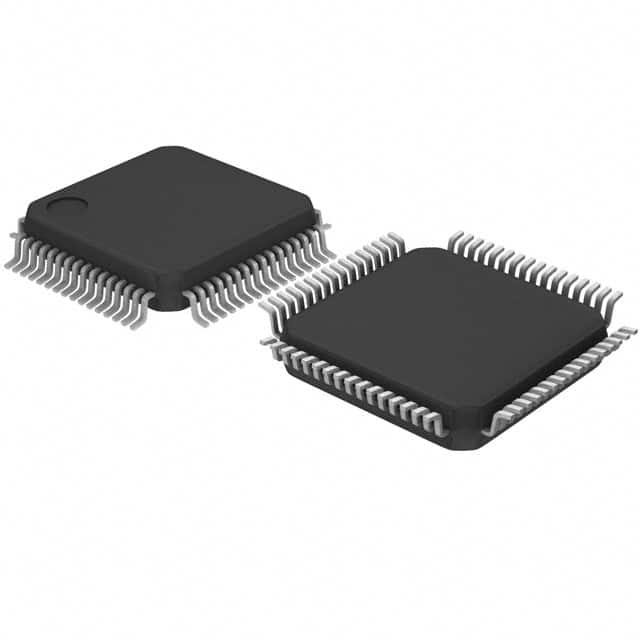Get access to more than 30 brands, premium video, exclusive content, events, mapping, and more.
Get access to more than 30 brands, premium video, exclusive content, events, mapping, and more. Spi Level Shift

Fuel All Your Adventures With This Holiday Sale
Create a personalized feed and bookmark your favorites.
Create a personalized feed and bookmark your favorites.
Spherical tech: the top part of the Giro Eclipse helmet floats on the bottom part of the helmet, which also has MIPS tech. Photo: Greg Kaplan
Don't miss a moment from Paris-Roubaix and Unbound Gravel, to the Giro d’Italia, Tour de France, Vuelta a España, and everything in between when you join Outside+.
Have a question for Lennard? Please email us veloqna@comcast.net to be included in Technical FAQ.
Your detailed discussion about different helmet liner materials and rotational safety is interesting, complex, and a bit inconclusive. Here’s a related and simpler question.
Has the effect of slightly different helmet strap tightnesses on rotation and safety been considered? A little looseness allows some rotation — is this an important safety issue?
I passed your question on to Peter Halldin, the inventor and chief sales officer of the Mips rotational impact protection system inside helmets. This is his response:
“As we see it and based on experimental tests, a chin strap that is fitted as you or I would attach the helmet on our own heads, compared to completely loose, will not make any difference in the forces or energy to our head.
Comparing a tightened chin strap compared to a normal fitted strap will not make any big difference either. The reason is that the head is on most impacts pushed into the helmet. Then the tight fitted strap will become more loose, and the differences are small.
I can understand his question, but from Mips we strongly advise to attach the chin strap so it is as tight as possible but still comfortable. The normal 2 fingers between the strap and the chin used to be a good recommendation. When you fall, there is high potential for the head to rotate a bit before the impact, and then if the chin strap is loose, the helmet could in the worst case leave the head or rotate before impact and leave parts of the head unprotected. Peter Halldin, CSO, Mips”
Well, there’s your answer, Maurice. When I slide the inner layer around inside of my Mips-equipped helmet, it’s apparent how it will allow the helmet to slide and rotate atop my head as it’s supposed to, even when pressed hard against my head.
Do you think bike weights (constrained by safety issues) are determined primarily by current materials or UCI weight regs? (given my assumption that manufacturers use these as design guidance).
If UCI regs are the limiting factor, what would be your educated guess on achievable bike weights? Lastly, if the bike market is primarily driven by passion (rather than pros), why don’t manufacturers think outside the box and offer more bikes that don’t abide by UCI standards?
I don’t think bike manufacturers constrain themselves according to the UCI’s weight regulations. Rather, I think they are in an arms race to produce lighter bikes than their competitors, and bike weights are limited primarily by safety concerns, the limitations of current materials and a brand’s manufacturing methods.
I think manufacturers only intentionally abide by UCI regs (weight not being one of them) on bikes that might be raced on the road, track and in time trials. That would be the homologation regs (to obtain the frame sticker), and those about front center dimensions and position of the saddle and bars relative to the bottom bracket. They leave it up to the teams to add weight to bring underweight bikes into UCI racing spec.
With my recent transition to hydraulic disc brakes on my road bike (it was a long, slow, dragging my feet process), a slight issue has arisen. I am sure you have experienced this or have responded to a very similar issue.
We have 2 homes here in central California. One at 450′ elevation and one at 6,800’ elevation. Lever throw is tight and fine down low but seems to be a longer throw at elevation. That does not make sense to me. We split time between the two homes and so is there a solution or am I stuck with the changing throw conditions? These are Shimano 9120 11 speed levers and calipers. Or…is another bike in my future, and it stays up high?
You must have some air in your brakes to create those symptoms. Liquids in general, including and especially brake fluid, are incompressible, so if there is no air in the system, the lever pull should be the same at any altitude. I have taken my bikes to over 14,000 feet and not noticed a change in lever pull.
Another thing to consider is if you inverted your bike during the transfer to your high-altitude home; if so, air sitting above the top of the fluid in the reservoir in the brake lever could get into the brake hose, thus increasing lever pull. Squeezing the lever multiple times should return it to the original lever pull. If it does not, bleed your brakes (instructions in Zinn and the Art of Road Bike Maintenance or have a shop do it).
Regarding last week’s article, Ultegra 10-speed Di2 is eTube, so it works with 11-speed handles. I have not been able to mix 10-speed Di2 derailleurs with 11-speed derailleurs. Example: 10-speed front Di2 derailleur does not work with 11-speed rear Di2 derailleur.
10-speed Dura-Ace Di2 was a different wire configuration (your memory of two-wire is for the Dura-Ace). 10-speed Di2 Ultegra is the 11-speed eTube wires. The way I explain it to folks is: handles ask for a shift and derailleurs know how many it can shift.
I have not been able to get my Shimano rep to explain why there are two buttons on the front shifter handle as it’s a binary decision; if the chain is on the big ring it can only go to the small ring, vice-versa. Logic does not always win though.
Regarding mixing 10-speed Di2 derailleurs with 11-speed derailleurs, see link in the letter below (it worked at first, but Shimano’s 2014 firmware update made it that both derailleurs had to be 11-speed).
SRAM did the binary logic on the front derailleur with eTap.
In your piece “Technical FAQ: 12-speed Di2 hydraulic levers…”, a reader mentions using 10-speed Di2 shifters with 11-speed Di2 rear derailleur, thus getting 11-speed for cheap. For Ultegra this was the case — the wiring was the same, and it works because the brains are in the RD. Some people on Ebay etc. even today claim that this can still be done; however, Shimano got wise and used a firmware update to prevent this obvious abuse of not being all new gear.
I just read your latest column, and you are correct, first generation Di2 had a version of e-tube wire that was larger than the third generation (the e-tube wires changed with the intro of the second generation of 10-speed) wire. With respect to the first generation of 11-speed, generation two overall, you could use 10-speed shifters as they are essentially just up/down buttons, and they would work with 11-speed. As you stated, 12-speed, in addition to the shifters being wireless, utilizes a third version of e-tube that is physically different.
For connecting (fatter) 11-speed and (thinner) 12-speed e-tube wires together, I just found out about Shimano’s EW-AD305 Electric Wire SD300/SD50 Conversion Adaptor. However, the firmware must allow the two connected parts to work together, and Shimano made it so that the only 11-speed Di2 shifters that will work with 12-speed Di2 derailleurs are its 11-speed time-trial/triathlon brake lever shifters and bar-end shifters, as well as its satellite sprint shifters. Furthermore, they won’t work wirelessly; they must be wired directly to the 12-speed system’s BT-DN300 battery.
Lennard Zinn, our longtime technical writer, joined VeloNews in 1987. He is also a custom frame builder and purveyor of non-custom huge bikes , a former U.S. national team rider, co-author of “The Haywire Heart,” and author of many bicycle books including “Zinn and the Art of Road Bike Maintenance,” “DVD, as well as “Zinn and the Art of Triathlon Bikes” and “Zinn’s Cycling Primer: Maintenance Tips and Skill Building for Cyclists.”
He holds a bachelor’s in physics from Colorado College.
Get the latest race news, results, commentary, and tech, delivered to your inbox.

Level Shifter In Vlsi Join Outside+ to get complete access to exclusive content on VeloNews, training plans for road and gravel, and more.